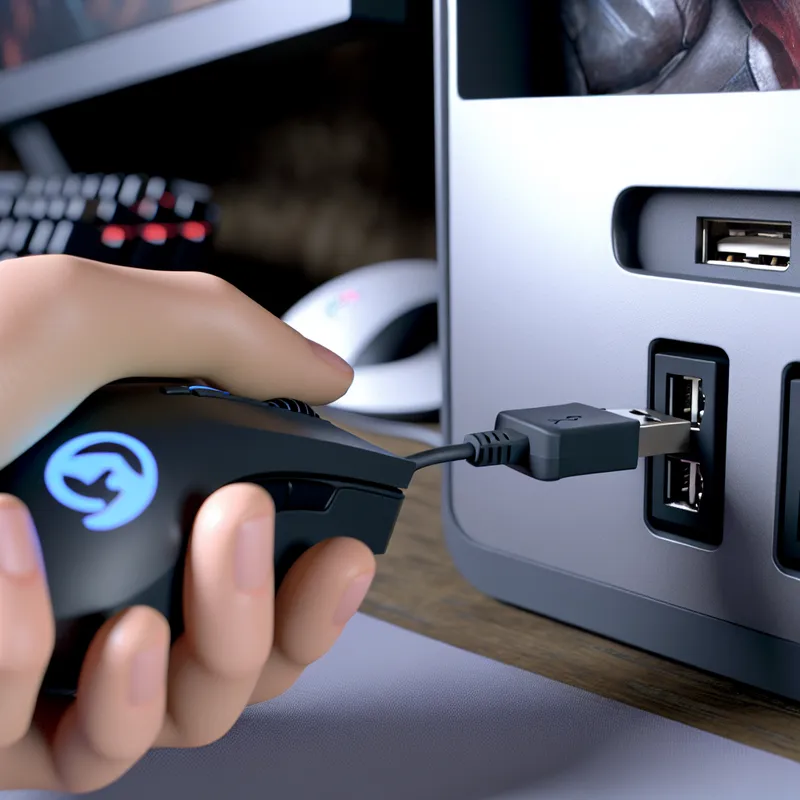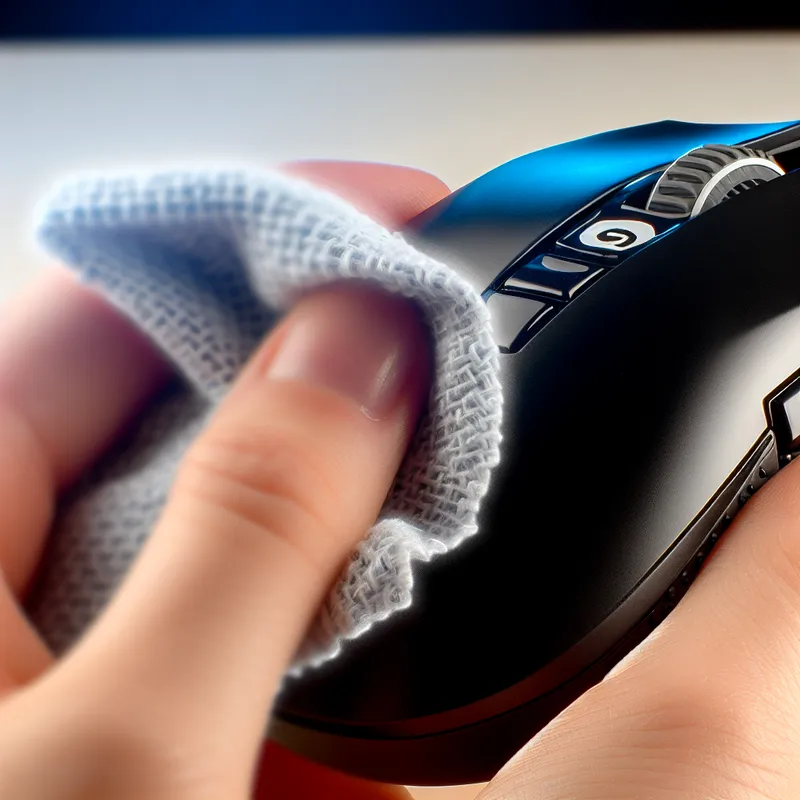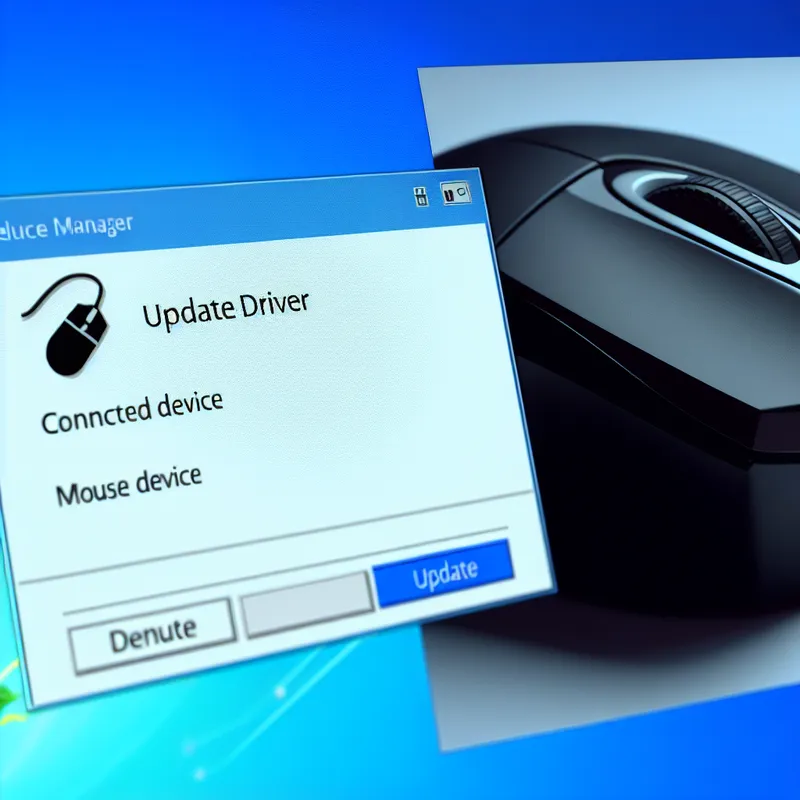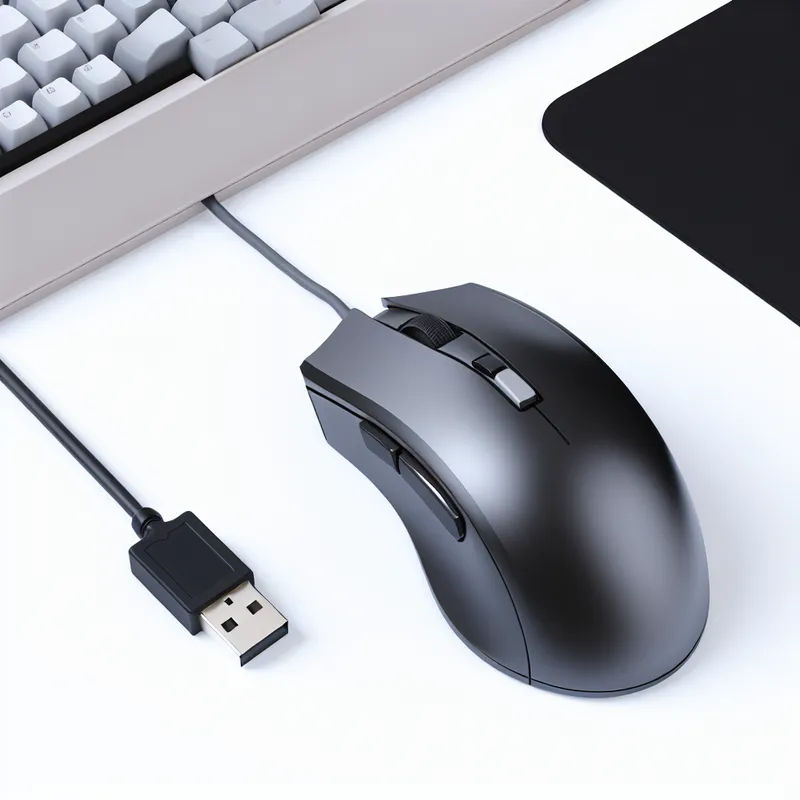Ugh, isn’t it the worst when your HyperX mouse just stops working? You’re in the middle of a gaming session or trying to get work done, and bam—it just gives up on you. Trust me, I’ve been there. It’s frustrating, right? The good news is, you don’t necessarily have to chuck it in the trash or panic-order a replacement. I spent hours tinkering with my HyperX mouse when I ran into similar issues, and I’ve found a few solutions that might just get things back on track. Let’s walk through this together and figure out how to fix Hyper X mouse stopping.
Troubleshooting the “Stopping” Problem
First things first—does the mouse completely stop responding, or is it more of an intermittent issue? This may seem like a small detail, but it really matters because different fixes apply depending on what’s going on. Personally, my HyperX Pulsefire stopped out of nowhere once. It wasn’t dead-dead, but it would work for a few seconds and then freeze no matter what USB port I plugged it into. Super annoying. Here’s what I tried (and what eventually worked):
H2: Replug and Test the USB Port
OK, I know this sounds way too basic, but hear me out. You’d be surprised how much a USB port can mess with your peripherals. When I first wondered how to fix Hyper X mouse stopping, my initial move was to switch ports, and sometimes that alone can do the trick.

- What to do: Unplug the mouse and try a different USB port on your computer (preferably one on the back of your PC if you’re using a desktop). If you’re on a laptop, shift between 2.0 and 3.0 USB ports because that sometimes helps.
- What I noticed: Switching to a port that wasn’t saturated (like the one my external hard drive was hogging) immediately made my mouse work more smoothly. Weird, but true!
Still not working? Don’t worry, I got you.
H2: Check for Dust & Physical Issues
Yeah, yeah, I know—you’re probably thinking, “How is dust going to make my mouse stop working?” But it can! HyperX mice are built like tanks (that’s one reason I love them), but they’re still not immune to gunk. I once flipped my mouse over and realized there was a literal lint party happening around the sensor. No wonder it was freaking out.

- What to do: Unplug the mouse and take a closer look at the bottom, especially the sensor area. Wipe it down with a microfiber cloth or Q-tip—but gently! You don’t want to scratch anything.
- Bonus Tip: If the buttons feel weird or unresponsive, consider poking into those crevices with some canned air. It’s oddly satisfying and may fix issues without any extra hassle.
H3: Update or Reinstall the Drivers
Ah, drivers. If the physical fixes don’t work, it’s time to deal with software. HyperX mice rely on updated drivers for compatibility, especially if you’ve plugged it into a new device or just did a system update. When my mouse stopped working, I realized my drivers were outdated (classic rookie mistake).

- Here’s your move:
- Open Device Manager (just search for it in the Windows search bar).
- Find your mouse under “Mice and other pointing devices.” You should see “HID-compliant mouse” or something similar.
- Right-click and choose “Update driver.” Let Windows search for updates automatically.
If that doesn’t cut it, the next step is to head to HyperX’s official site and grab the latest drivers for your specific model. Download, install, and reboot. Boom.
